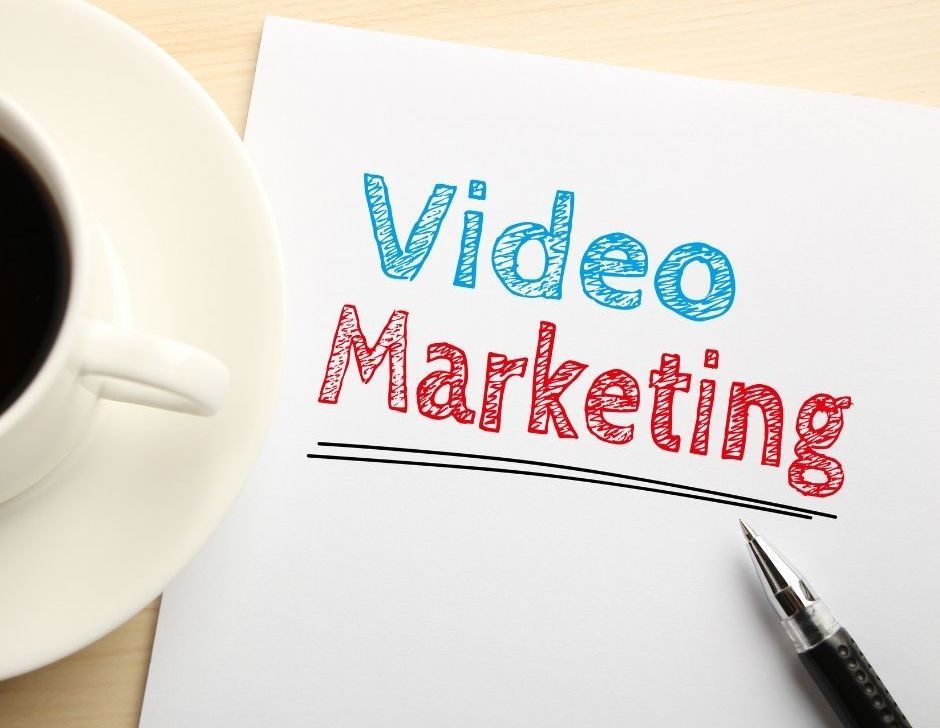How To Review and Audit Your Social Media Posts
Posted on 4th November 2022

If you’ve never done a social media audit before, the idea of it can be quite daunting to get your head around. You need to understand how all of your platforms are performing and how they fit with the strategy you set out at the beginning of your businesses journey on social media.
If you need help with a social media audit then not to worry – here’s all the information you need in order to create a valuable, insightful social media audit that will help you build your following and your social media success.
What Social Media Accounts Does Your Business Have?
Firstly, you need to make sure you list all your social media accounts. Make sure you do a search for these accounts on each platform too so you can see if there’s anyone impersonating you. If so, you’ll need to report it and get it taken down.
You also need to make sure you’re keeping track of your log-ins, so you’ll be able to easily access these accounts, even the ones you may not be using.
Listing your social media accounts will help you discover platforms that may be worth you launching on, so you can expand your following and client base.
















